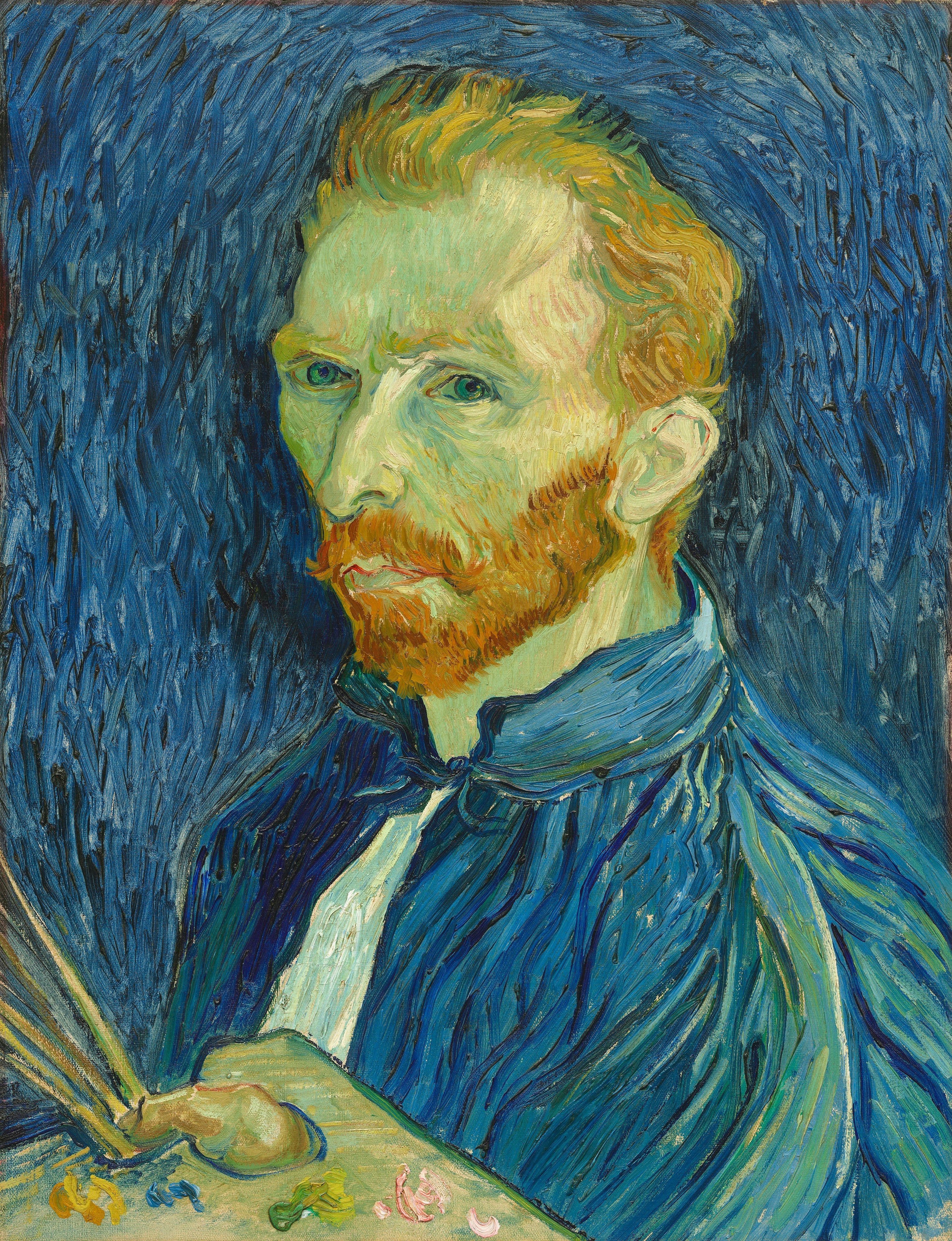
A couple working on renovations in their home in the Belgian city of Ghent were amazed when they came across what they took to be a self-portrait by none other than the Dutch artist Vincent van Gogh. The painting emerged from behind the insulation of a wall that they were tearing down.
The painting is remarkably similar to one that resides in the National Gallery of Art in Washington, D.C. The artist’s works sell for as much as $117 million, the price fetched by Verger avec cyprès (1888) at Christie’s New York in November 2022.
Backing up the couple’s belief that their residence housed a Van Gogh was archival research. According to a note he penned his brother, Van Gogh spent a few days in Ghent in June 1885, making a stopover in the town during a trip from Paris to the Netherlands. The artist also stayed in Brussels and Antwerp around the same time.
But researchers using spectroscopy found evidence that unseated the painting, demoting it to a fakery.
“The paint is too modern. Van Gogh cannot have used it. The results are clear,” University of Ghent professor Peter Vandenabeele told VRT. “There are pigments in the paint that date from after 1920. Van Gogh died in 1890. He simply could not have painted it.”
Assistant researcher Eva Vermeersch added that while parts of the canvas could have been painted over with newer pigment, the very modern cyan blue could be found “everywhere.” “I think it’s a shame,” she added, “but the story cannot be true.”
While disappointed, the couple, identified Hannes Vercamer and Lore Bertrem, said it’s not a total loss. They plan to keep the painting, leaving it hanging in their home.
“This is a great story that we will tell for a long time,” they told the Brussels Times. And the mystery is still not solved: it may not be a real Van Gogh, but we are still very curious about how the work ended up here.”
They also admitted to some relief now that they can resume renovating their home, without the burden of having a potentially multimillion-dollar work installed on their property.
“If it was a real Van Gogh, we would have had to change our lives,” they said. “We would have to sell our house or turn it into a museum.”